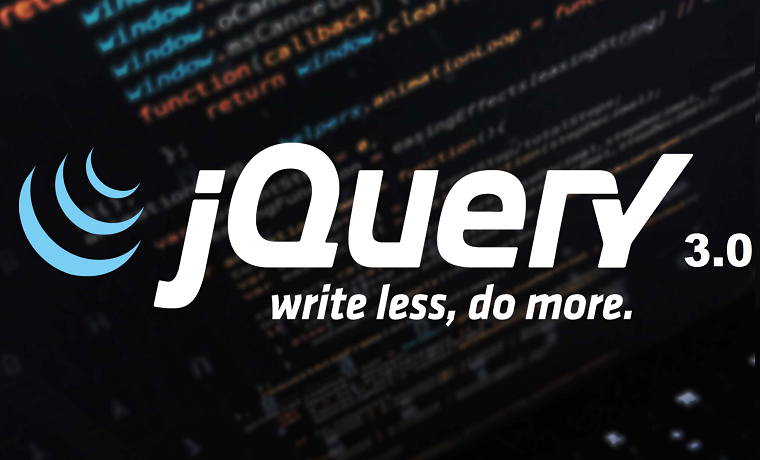If you’re a JavaScript developer, you would surely be aware that there are a lot of options available to you, including the now publicly available jQuery v.3. The question is, however, will you still be using it?
It is worth remembering here that jQuery 3.0 got released in April with a lot of fanfare. But since then, a lot of releases have happened; with the 3.4.1 version being the latest one.
It isn’t inflated
There is wide speculation that jQuery is slow and is inflated. There is some truth in this speculation given that there are some unwanted codes present in it. But, as a matter of fact, nearly all 3rd party scripts, frameworks, and libraries contain the same. So, unless you’re using something in which there aren’t unwanted codes embedded in them, there are high chances of a few unwanted codes being here and there.
It is worth remembering here that the original version of jQuery is just 88kb. And when you opt for a shortened version in which there is no Ajax and other effects, the size drops to a meager 71kb. Now, if you’re working on an image with strict limits on size, you should still be able to squeeze it in.
Knowing Vanilla JavaScript isn’t necessary
There are many who believe that it is important to know Vanilla JavaScript if they’re to use jQuery in the desired way. However, this isn’t true at all.
No doubt, when you know the basic nuances of a language, it becomes easier to understand the code and figure out what’s happening behind the scenes. Also, it helps in understanding the basics of a language, like loops, variables, operators, conditionals, etc. But then you’ll have to understand them with or without jQuery. When you view jQuery in a different way; like a training wheel, for example, then you can expect it to do all the tough things for you.
Therefore, I am of the opinion that it is important to learn and understand jQuery before learning JavaScript. What jQuery will do for you is hold your hand or guide you through some important or tough tasks, like Ajax, and help you with the fundamentals in the right way. I am saying this as a person who spends a considerable amount of time working with Vanilla JavaScript.
There is no caching involved!
The thing that stood out with jQuery was that it was almost everywhere. There were tons of sites that linked directly to jQuery CDN. As a result, it wouldn’t have been surprising to see that it was cached in the browser of the user. In other words, you could use it with a zero size!
The overall belief that Vanilla JavaScript does a far better job and the arrival rival libraries have, in one way or another, attributed to the downfall of JavaScript in recent years. Therefore, you’ll see lesser websites getting linked to the CDN. Therefore, there are chances that you may have to download it before you start using it.
The release of version 3 has somewhat made the things a bit more complicated. Though there are some sites that are still linked to the CDN and loading jQuery, they aren’t been able to get linked to the latest version. No doubt, jQuery team have gone great lengths to get you the upgraded version, but code adoption and project cycles have made the adoption a lot difficult. This would mean users need to wait for a lot longer period to get comprehensive coverage.
The rich ecosystem isn’t really there
Not so long ago, it was common to see jQuery developers coming out with feature-pushing, time-saving, bolt-ons. However, all of those have changed these days.
The web world has moved a lot since then. In fact, it is common to see developers getting attracted to markets that are lucrative, like WordPress or Shopify. Yes, thanks to the commitment of jQuery’s team, the Legacy jQuery plugins are still working. Nonetheless, the effort isn’t making much of a difference.
Alternatively, jQuery 3.n plugins do have some kind of market. Therefore, for developers finding these plugins financially viable, will attempt to update their code. In these cases, the long-overdue cull will be prompted with the release of jQuery 3.0.
Will jQuery 3 be tempting you to use it?
We have all moved on since the last time we used jQuery. Today, you’ll easily find a number of tools that handle Ajax a lot better. Also, it is a known fact that jQuery isn’t perfectly compatible with SVG which makes its usefulness in handling DOM manipulation limited. It is also worth remembering here that there are many libraries out there that are quite similar to jQuery or have attributes similar to it but without additional packaging.
If you haven’t been able to use JavaScript to do something substantial or haven’t used it at all, then jQuery may just be the right choice for you!

